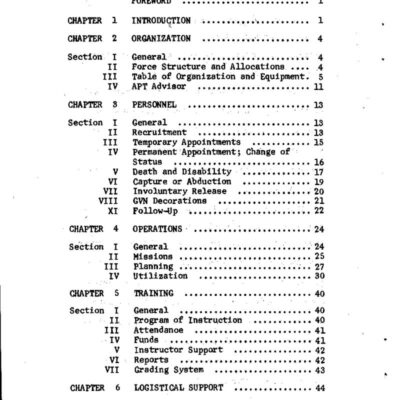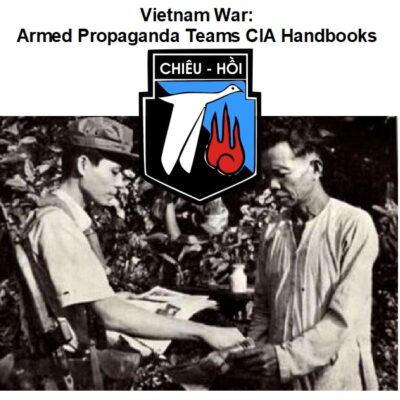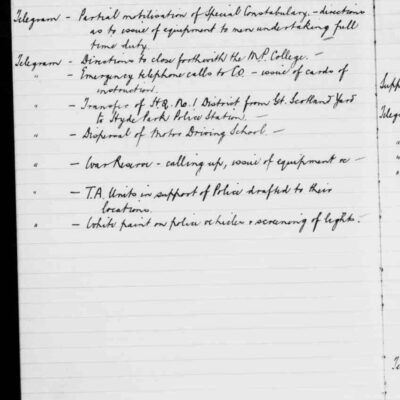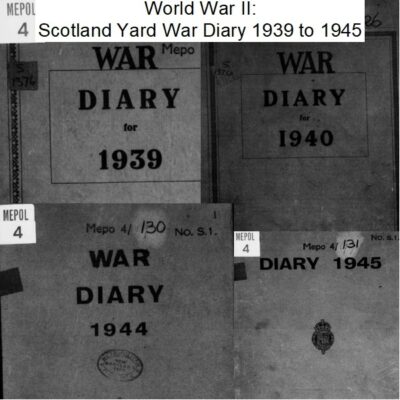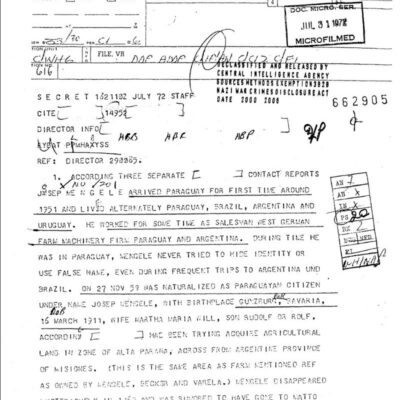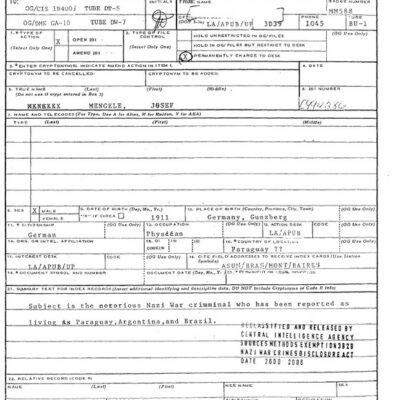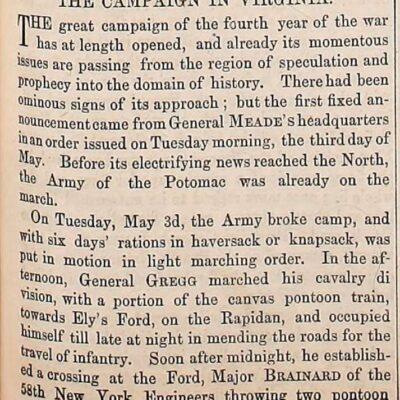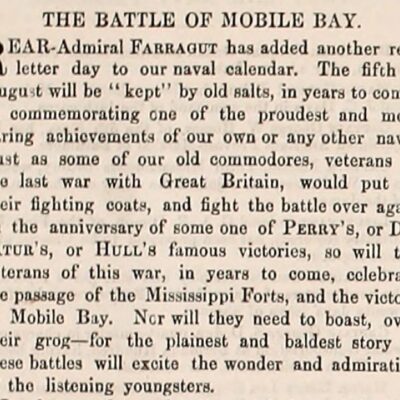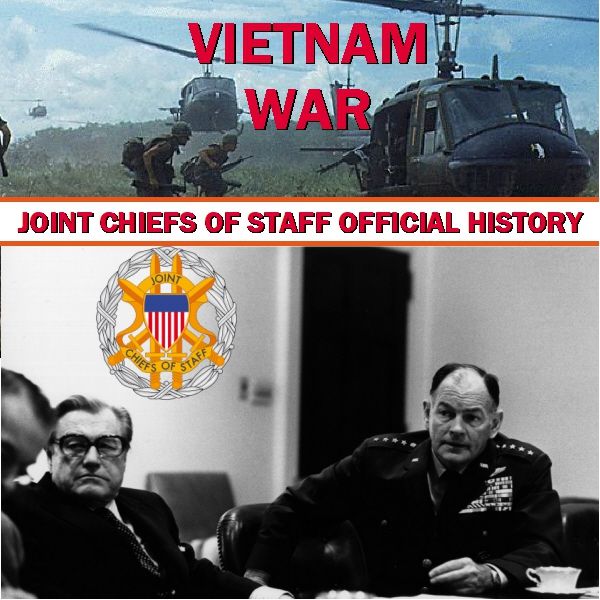
Vietnam War: Joint Chiefs of Staff Secret Official History 1940-1973
$19.50
Description
Vietnam War: Joint Chiefs of Staff History, 1940-1973
Timeline of Main Events (1940-1973)
This timeline is based on the structure and content descriptions provided in the excerpts from “Vietnam War: Joint Chiefs of Staff Secret Official History 1940-1973”. Specific dates for individual events mentioned within the descriptions are not provided in this source.
Volume 1: Beginning of US Involvement through the Geneva Conference (circa 1940 – July 1954)
- Early Involvement (1940s-1954): The volume covers the initial stages of US involvement in Indochina.
- Support for French Forces: The Truman and Eisenhower Administrations’ efforts to assist the French in their war against the Viet Minh to prevent a communist takeover of Indochina.
- Collapse of French Will: The erosion of the French government’s determination to continue fighting in Indochina.
- Geneva Conference (July 1954): The formalization of the French withdrawal and the agreements reached at the Geneva Conference regarding the future of Vietnam.
Volume 2: Expanding US Involvement (circa 1955-1959)
- Continued US Engagement: This volume likely details the ongoing and increasing US interest and involvement in South Vietnam following the Geneva Accords. Specific events within this period are not detailed in the excerpt.
Volume 3: Great Expansion of US Commitment and Full-Scale War (circa 1960-1968)
- Significant Escalation: This period marks a major increase in US involvement, leading to full-scale military conflict in Vietnam.
- Mentioned Events (without specific dates in the excerpt):Tay Ninh incident
- Diem coup
- Strategic Hamlet Program
- Taylor-Rostow Mission
- Battle of Ap Bac
- OPLAN 34A
- Psychological operations
- Gulf of Tonkin incident
- Naval blockade of North Vietnam
- Use of napalm
- Operation ROLLING THUNDER
- Problem of domestic dissent
- Tet Offensive
- Use of herbicides in Southeast Asia
Volume 4: Vietnamization and Initial US Withdrawal (circa 1969-1970)
- Shift in Policy: The adoption of “Vietnamization,” a strategy aimed at transferring the responsibility of combat operations to the South Vietnamese forces.
- Beginning of US Troop Withdrawal: The initial phases of reducing the number of US military personnel deployed in Vietnam.
- NSC Meeting of 28 March 1969: A significant National Security Council meeting likely discussing Vietnam policy.
- Nixon Administration Takes Over: The transition of leadership and its impact on the conduct of the war.
- Pacification Efforts (1969-1970): Initiatives aimed at securing and stabilizing South Vietnamese territory.
Volume 5: Continuing Withdrawal and Political Settlement (circa 1971 – March 1973)
- Continued US Withdrawal: The ongoing reduction of American military presence in Vietnam.
- Negotiation of Political Settlement: Diplomatic efforts to reach a negotiated end to the Vietnam War.
- Post-Tet Enemy Offensive: Renewed military actions by North Vietnamese and Viet Cong forces after the Tet Offensive.
- ARC LIGHT Sortie Reductions: Decreases in the number of bombing missions conducted by B-52 bombers (ARC LIGHT).
- Effect of Casualty Rates: The impact of American and allied casualties on military and political decision-making.
- NSSM 36 Planning: Planning related to National Security Study Memorandum 36, likely concerning Vietnam policy options.
- Cambodia’s Role in the War: The increasing significance of Cambodia in the conflict.
- Invasion of Cambodia and its Aftermath: US and South Vietnamese military incursion into Cambodia and the subsequent consequences.
- MENU Bombing: Secret bombing campaigns conducted in Cambodia.
- MARKET TIME Operations: US naval operations aimed at interdicting supplies along the South Vietnamese coast.
- Peace Negotiations: The progress and challenges of diplomatic talks to end the war.
- Prisoner of War Issue: The efforts to secure the release of American prisoners of war.
- Phoenix Program: A controversial program aimed at neutralizing the Viet Cong infrastructure.
- LAMSON 719: A large-scale offensive conducted by the South Vietnamese army into Laos, supported by US air power.
- COMUSMACV Plan 208: A military plan developed by the Commander, U.S. Military Assistance Command, Vietnam.
- Operation POCKET MONEY: The mining of North Vietnamese harbors.
- Operation LINEBACKER: A series of aerial bombing campaigns against North Vietnam.
- Limited Access to WSAG Minutes (March-August 1972): The Joint Secretariat historians were granted partial access to the minutes of the Washington Special Actions Group, a crisis management body, during a specific period in 1972.
- Final Withdrawal of US Forces (January – March 1973): The complete withdrawal of all remaining US military personnel from Vietnam.
Cast of Characters and Brief Bios
This list includes the principal people and entities mentioned in the source description, focusing on their roles in the context of the Vietnam War as outlined.
- The Joint Chiefs of Staff (JCS): A body composed of the highest-ranking officers of the US armed forces: the Chairman, the Vice Chairman, the Chief of Staff of the Army, the Chief of Naval Operations, the Chief of Staff of the Air Force, and the Commandant of the Marine Corps. Their primary responsibility is to advise the President, Secretary of Defense, and the National Security Council on military matters. They were central to the planning and execution of US military policy in Vietnam.
- The Chairman of the Joint Chiefs of Staff: The principal military advisor to the President, Secretary of Defense, and the National Security Council. This role held significant influence over the military aspects of the Vietnam War.
- The Vice Chairman of the Joint Chiefs of Staff: The second-highest-ranking officer in the US military, assisting the Chairman and acting in their stead when necessary.
- The Chief of Staff of the Army: The highest-ranking officer in the US Army, responsible for the readiness and deployment of Army forces, a major component of the US military involvement in Vietnam.
- The Chief of Naval Operations: The highest-ranking officer in the US Navy, responsible for naval operations, including those conducted off the coast of Vietnam and within its waterways.
- The Chief of Staff of the Air Force: The highest-ranking officer in the US Air Force, responsible for air operations, including the extensive bombing campaigns over North and South Vietnam, as well as support for ground troops.
- The Commandant of the Marine Corps: The highest-ranking officer in the US Marine Corps, responsible for Marine Corps operations, which included significant combat roles in Vietnam.
- The President of the United States: As the Commander-in-Chief of the armed forces, the Presidents during the Vietnam War (Truman, Eisenhower, Kennedy, Johnson, Nixon) made the ultimate decisions regarding US involvement, strategy, and withdrawal.
- The Secretary of Defense: The civilian head of the Department of Defense, responsible for overseeing the military and implementing the President’s defense policies related to Vietnam.
- The National Security Council (NSC): A body in the Executive Branch that advises the President on national security and foreign policy matters. It played a crucial role in shaping US policy towards Vietnam.
- The Washington Special Actions Group (WSAG): A crisis management body of the National Security Council that dealt with immediate and developing national security situations, including aspects of the Vietnam War.
- The Viet Minh: A Vietnamese national independence coalition formed initially to seek independence from French rule. They fought against the French and later against the US-backed South Vietnamese government.
- The French Government: The colonial power in Indochina prior to the Geneva Accords. Their loss of will to fight was a key factor leading to US involvement.
- Ngo Dinh Diem: The first president of South Vietnam. His rule and eventual overthrow (Diem coup) were significant events in the escalation of the conflict.
- Taylor-Rostow Mission: A high-level US mission, likely involving Maxwell Taylor and Walt Rostow, sent to Vietnam to assess the situation and make recommendations on US policy.
- COMUSMACV (Commander, U.S. Military Assistance Command, Vietnam): The commander of the main US military organization in South Vietnam, responsible for directing all US military efforts in the country.
- Nixon Administration: The presidential administration of Richard Nixon, which adopted the policy of Vietnamization and ultimately negotiated the withdrawal of US forces.
Vietnam War: Joint Chiefs of Staff Secret Official History 1940-1973
3,467 pages of the history of the Joint Chiefs of Staff and the War in Vietnam. Formerly top-secret Vietnam War history volumes created by the historical division of the Joint Secretariat. This material was prepared from 1955 to 1979.
The Joint Chiefs of Staff consist of the Chairman, the Vice Chairman, the Chief of Staff of the Army, the Chief of Naval Operations, the Chief of Staff of the Air Force, and the Commandant of the Marine Corps. Responsibilities as members of the Joint Chiefs of Staff take precedence over duties as the Chiefs of Military Services. The Chairman of the Joint Chiefs of Staff is the principal military adviser to the President, Secretary of Defense, and the National Security Council (NSC), however, all JCS members are by law military advisers, and they may respond to a request or voluntarily submit, through the Chairman, advice or opinions to the President, the Secretary of Defense, or NSC.
This series of volumes entitled, “The Joint Chiefs of Staff and the War in Vietnam,” provides an account of the activities of the Joint Chiefs of Staff with regard to Vietnam and the Vietnam War from 1940 to the final withdrawal of US military forces in early 1973.
The first volume describes the beginning of the US involvement through the Geneva Conference in 1954. It chronicles the efforts of the Truman and Eisenhower Administrations to prevent the fall of Indochina to communist forces by supporting the French forces in the war against the Viet Minh, the collapse of the French Government’s will to fight, and the formalization of that collapse in the Geneva Agreements of July 1954.
The second volume carries the story on through 1959.
The third volume, in three parts, traces the great expansion of the US commitment resulting in full-scale war in the years 1960-1968.
The fourth volume covers the period 1969-1970, the adoption of the policy of Vietnamization and the beginning of the withdrawal of US forces.
The fifth volume, in two parts, describes the continuing US withdrawal and the negotiation of a political settlement of the Vietnam War and concludes with the final withdrawal of all US forces in the period January through March 1973.
The documentary sources that provided the basis for this history of the Vietnam War were almost exclusively contemporary with the events described and were found primarily in the master files of the Organization of the Joint Chiefs of Staff. Other sources included records maintained in the Office of the Chairman, Joint Chiefs of Staff, and in the Plans and Policy Directorate (J-5), Joint Staff . Limited access was granted to the Joint Secretariat historians to the minutes of the Washington Special Actions Group (WSAG), the crisis management body of the National Security Council, for the period March through August 1972.
Among the many topics covered are: Tay Ninh incident, Diem coup, Strategic Hamlet Program, Taylor-Rostow Mission, Battle of Ap Bac, OPLAN 34A, psychological operations, Gulf of Tonkin, naval blockade of North Vietnam, use of napalm, ROLLING THUNDER, problem of domestic dissent, Tet Offensive, use of herbicides in Southeast Asia, the NSC Meeting of 28 March 1969, Nixon Administration taking over command, post-Tet enemy offensive, ARC LIGHT sortie reductions, effect of casualty rates on military policy, NSSM 36 planning, Cambodia’s role in the war, invasion of Cambodia and its aftermath, MENU bombing, MARKET TIME operations, pacification efforts 1969-1970, peace negotiations, prisoner of war issue, Phoenix Program, LAMSON 719, COMUSMACV Plan 208, Operation POCKET MONEY, Operation LINEBACKER, and much more.






